SUMMARY
This is AI generated summarization, which may have errors. For context, always refer to the full article.
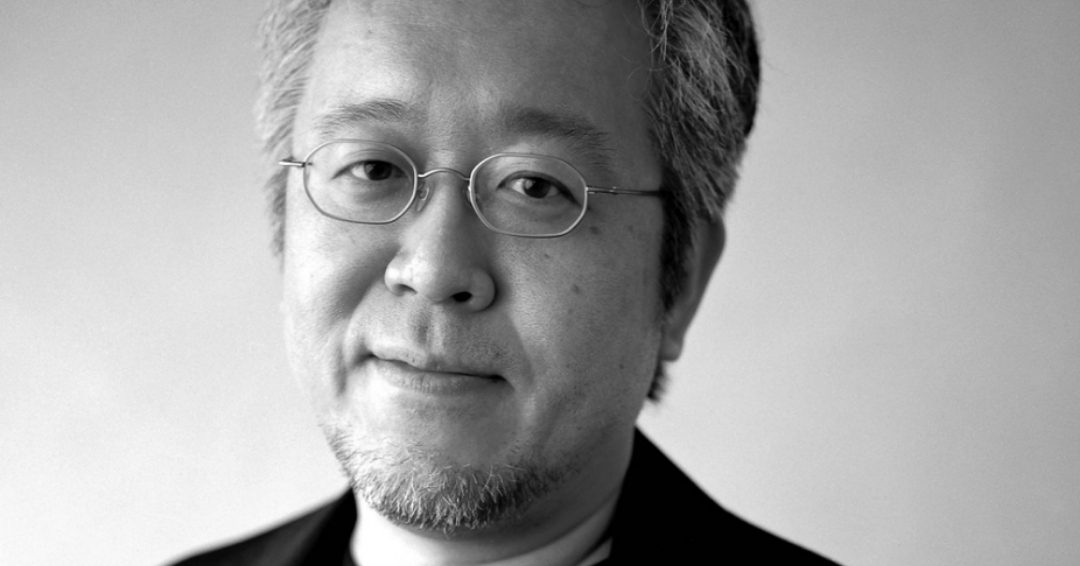
MANILA, Philippines — If you’re a self-confessed MUJI hoarder who has always been in awe of the brand’s simple yet beautifully-designed items, then you’re in for a treat.
On Monday, October 22, MUJI president and representative director, Mr. Satoru Matsuzaki, and MUJI curator and graphic designer Kenya Hara paid the country a highly-awaited visit to enlighten design enthusiasts and brand fans about MUJI’s successful tricks of the design trade.
How it all began
Having started in 1980, MUJI had decided early on that the brand would stand as an antithesis to the habits of a consumerist society, which Satoru Matsuzaki described as the “overabundance of design, as defined by commercialism.” He said that the essence of design is lost there.
From this vision, MUJI, the Japanese-owned “no-brand” brand, was born.
MUJI also stands against mass production, mass consumption, and mass disposal. With this, a lot of thought and care is always meticulously put into each item’s design and production process.
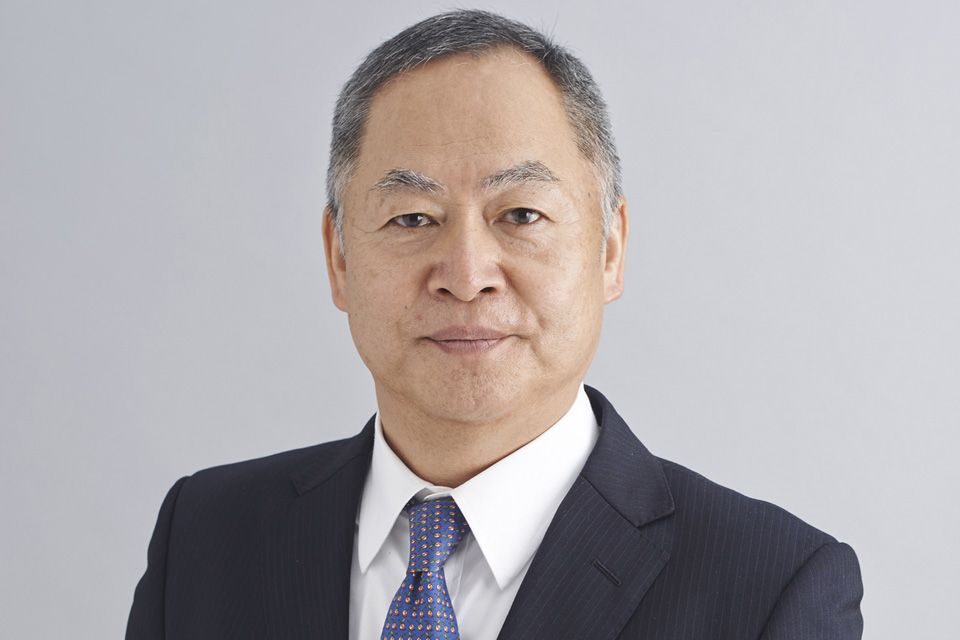
The magic design equation
MUJI’s functional yet captivating designs stem from the brand’s expertise in seamlessly merging the ideas of their creative designers with the needs of ordinary consumers.
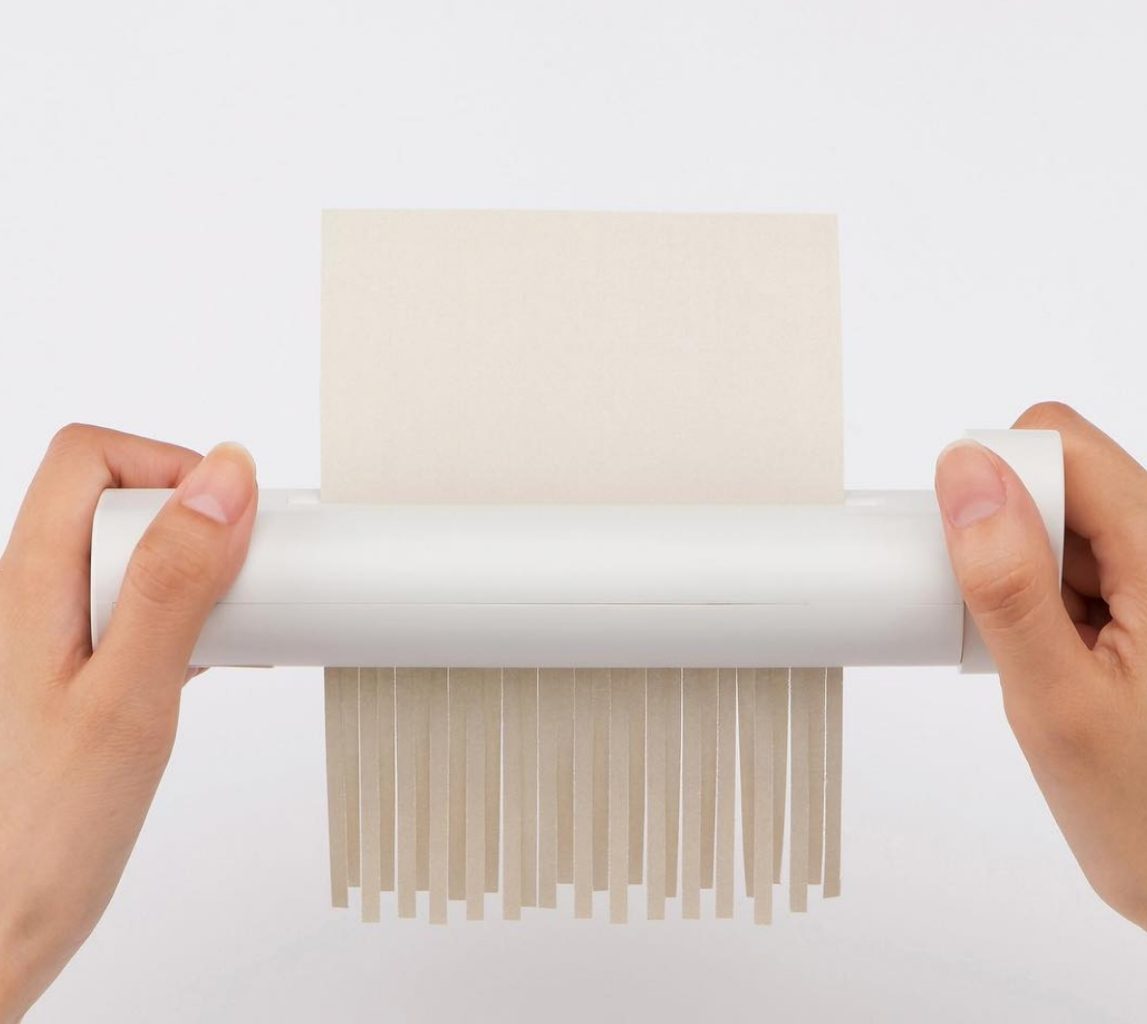
Satsuzaka also said that Muji was born out of a second antithesis – to be against expensive goods that price themselves exceedingly high just to be called “premium,” regardless of their actual quality.
Being called ‘premium’ isn’t a tag important to MUJI – what matters to them is providing functionality. If it gets the job done for the customer, to them, that is already a success on its own.
The MUJI trick lays in omitting all elements that aren’t essential to the product — that means no frills and no unnecessary decor. This rationality, Satsuzaki said, benefits both the consumer and the product manufacturer.
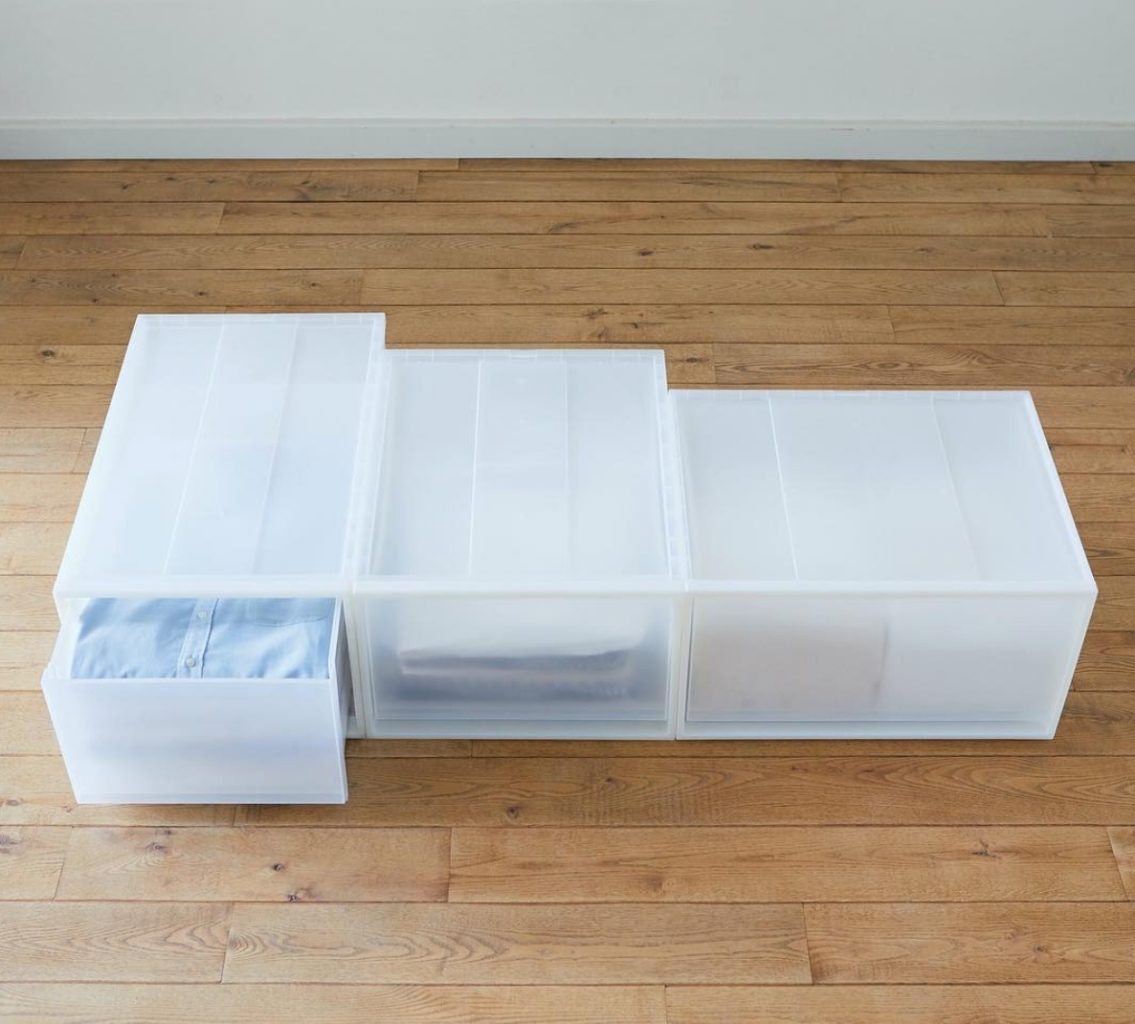
MUJI also follows three basic principles upon item creation. These are:
- Selection of materials
- Streamlining processes
- Simplication of packaging
Indeed, these principles are very evident in the MUJI line.
‘Emptiness’ as an inspiration for design
From just starting out with only 40 items on hand, to now having over 7000 in 876 MUJI stores around the world, this impressive expansion can definitely be attributed to Kenya Hara’s impressive design work and principles.
Hara, a Tokyo-based designer, joined the MUJI team in 2002, with already a steadfast design philosophy in hand. What is it? He calls it, “emptiness.”
What does “emptiness.” in the design sense, mean? “Emptiness is a creative receptacle,” Hara said.
It’s the practice of stripping away everything superficial and irrational as we consciously return back to our true roots, which to Hara, is nature.
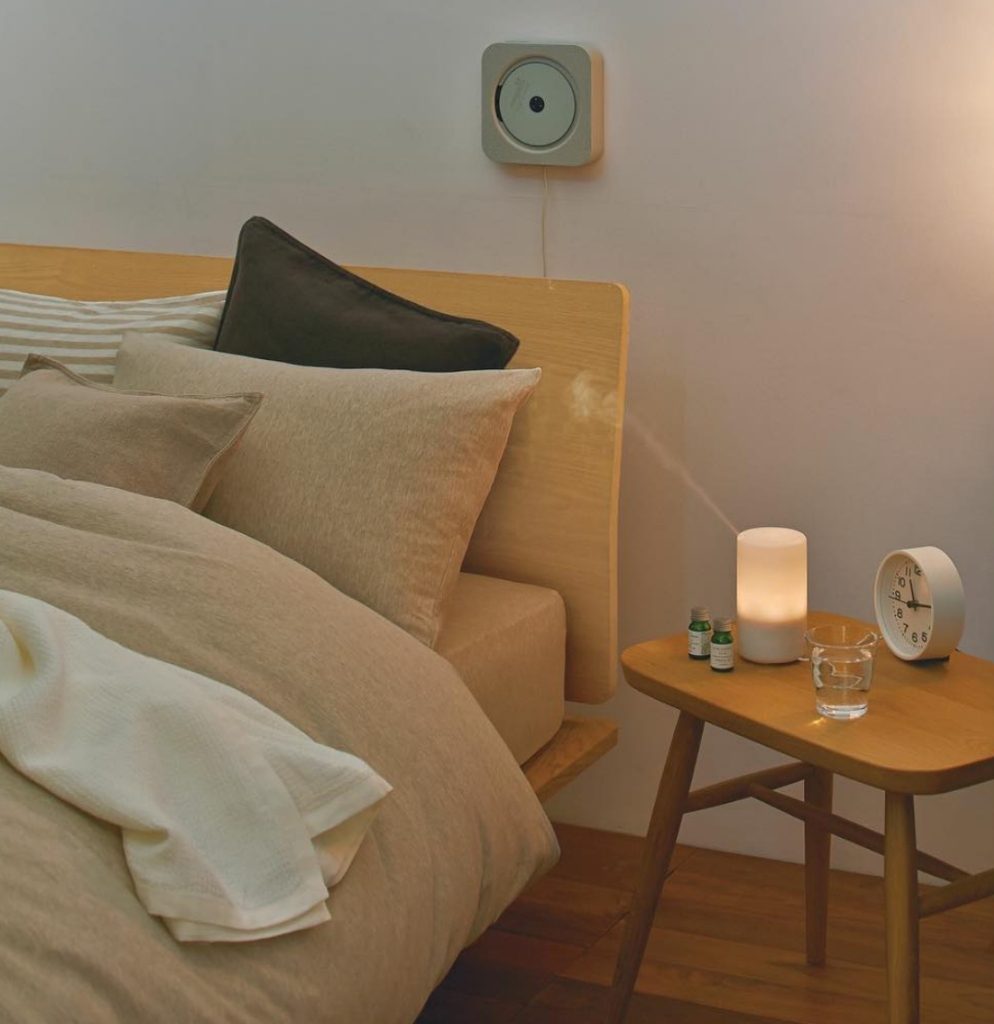
If you haven’t already noticed, MUJI’s products all bear a very minimalist, sophisticated design, with colors and materials resembling that of nature’s.
This comes from Hara’s focus on ancient Japanese culture. In Japan, they believe that power and wisdom is found in nature – God is everywhere and He is moving. To them, a deity can be found in a simple grain of rice or in a daiko radish.
To be “empty” is to allow God into your space, Hara said. The simpler, the emptier, the more space for God to enter.
The power of simplicity and emptiness
Hara acknowledged that simplicity is indeed an important concept of today’s designs.
From history’s use of flamboyant architectural designs and costumes to show the power and dominance of world leaders, like the Taj Mahal, European palaces, and Chinese temples, Hara admits that society has changed, and so has the relationship between material, form, and function.
Nowadays, functionality, to Hara, is more important than decoration.
From this belief Hara draws inspiration for his products, photographs, and artworks.
“As a designer, I learn a lot from modernists and the concept of rationality,” he said.
“The DNA of MUJI is emptiness. It is simple. We also do not create products with a division between young and old users in mind; rather, we product for just one table that fits all.”
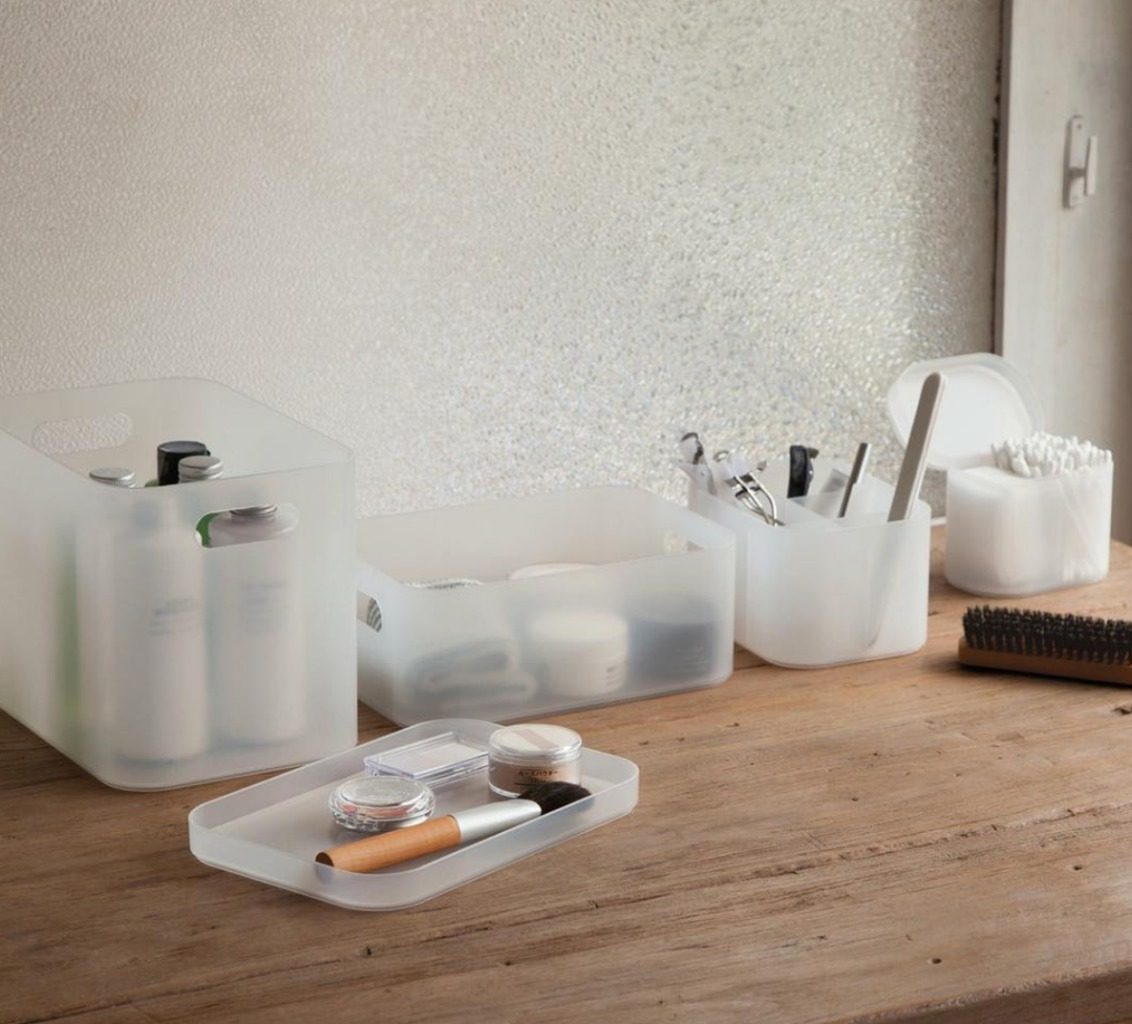
‘What happens naturally’
This, Hara said, is the tagline for their ads. This is also the mantra for MUJI products’ material, function, and form.
“No trends, no decoration, no colourful colors,” Hara stated. “Even our models aren’t supermodels – they’re just natural. Like someone always beside me. Like a sister.”
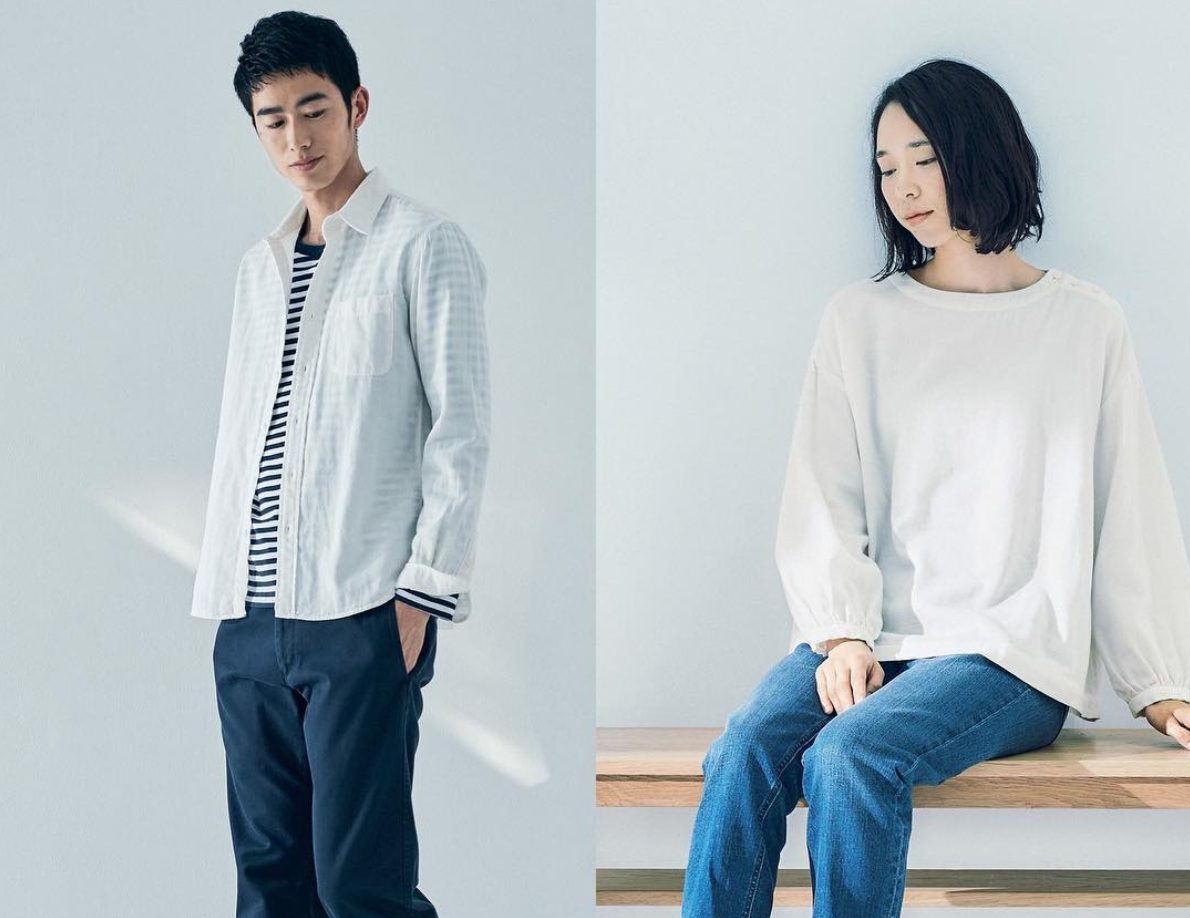
Hara also compared MUJI to mankind’s essential – water.
“MUJI is like water. Water is calm and essential, always beside people, giving them rest and safety. It’s not gorgeous like liquor, it doesn’t fascinate people like perfume. But by being pure and ordinary, it makes people feel at peace and safe. By passing through for many years, water breaks stone and moves mountains. Holding such a great power behind it, MUJI would like to spread this to every corner of the world.”
Hara ended his lecture with an honest statement. “We are plain, yes. But we are not cold. We are calm, and we are comfortable. We are MUJI.”
MUJI opened its first store in the Philippines in 2010 at Bonifacio High Street. Its newest branch just opened in Mall of Asia this year.
As of today, there are 5 MUJI branches in the country. — Rappler.com
Add a comment
How does this make you feel?
There are no comments yet. Add your comment to start the conversation.